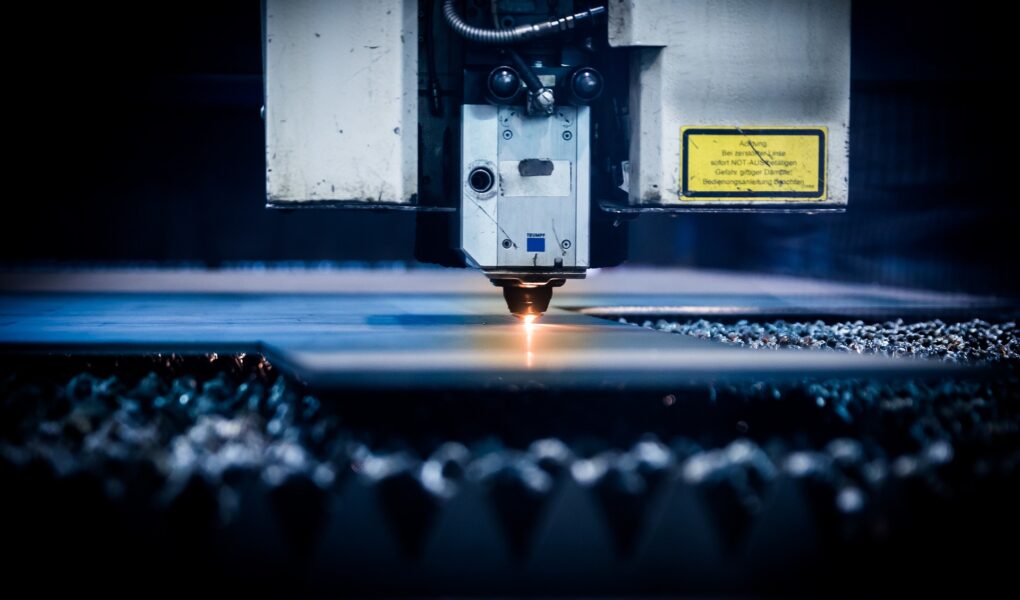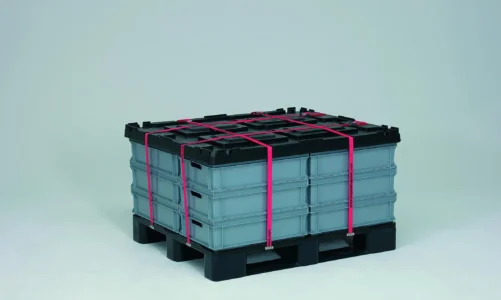The use of laser equipment has become increasingly popular in a variety of industries, offering diverse applications that can improve efficiency and accuracy. From medical procedures to industrial manufacturing, the versatility and precision of lasers are invaluable for many businesses.
In this article, we will explore the different ways that laser technology is used across various industries from agriculture to entertainment. We will also discuss how each application contributes to increased productivity as well as improved safety standards. By examining these innovative uses of lasers, it is clear that their potential impacts are far-reaching and significant for businesses worldwide.
1. Overview of Laser Equipment
 The overview of laser equipment is a crucial component when exploring the various applications of these devices. Laser technology has revolutionized many industries and continues to do so, making it essential for those involved in industrial practices to understand how lasers can be best utilized.
The overview of laser equipment is a crucial component when exploring the various applications of these devices. Laser technology has revolutionized many industries and continues to do so, making it essential for those involved in industrial practices to understand how lasers can be best utilized.
There are numerous types of lasers available today, from low-powered gas discharge or solid state models to high-energy carbon dioxide lasers that are used in medical and surgical procedures. Each type of laser offers unique advantages and disadvantages depending on the application at hand.
Additionally, depending on the industry or sector using them, there may be additional safety considerations associated with their use as well. Understanding these aspects will help ensure efficient operation and safe usage of laser technologies across multiple fields.
2. Medical Uses for Laser Technology
Laser technology has been used in the medical industry for decades to treat a variety of conditions. From dental work to corrective vision procedures, laser equipment is used to help patients improve their overall health and well-being. Laser technology can also be used as an effective tool in surgeries and other treatments, such as cancer therapy or cosmetic surgery.
In addition to treating existing conditions, lasers are also being explored for new applications such as tissue regeneration and targeted drug delivery systems. With its precision capabilities, laser technology is revolutionizing the way doctors diagnose and treat diseases with minimal invasiveness or discomfort for the patient. As research continues into new ways of utilizing this powerful tool, it’s clear that lasers have much more potential than what was once thought possible in the medical field.
3. Military Use of Lasers
Lasers have been used extensively in the military for a variety of purposes. From communication to navigation, lasers provide unparalleled accuracy and precision for essential tasks related to operations. Laser weapons are also becoming increasingly popular due to their impressive range and ability to accurately target distant objects with great speed.
Lasers can be used for surveillance, cutting through metal or other substances, and even as a form of non-lethal weaponry. The high level of control that is afforded by laser technology makes it an invaluable tool in any branch of the military.
4. Aerospace Uses for Laser Technology
Aerospace is an industry that has embraced laser technology for a wide range of uses. Lasers are used for precision welding in the manufacturing of aerospace components, providing strength and durability with minimal heat input. Lasers can also be used to measure distances on aircraft parts during assembly, inspection, and maintenance processes.
Laser cutting is another form of fabrication used by the aerospace industry to quickly cut complex shapes from sheets of metal or other materials with high accuracy and repeatability. Finally, lasers can be employed as part of research into new propulsion systems or even as part of guidance systems onboard satellites. As such, laser technology continues to be at the forefront when it comes to finding new ways that help propel the aerospace industry forward.




